Lewis and Clark Caverns State Park
- January 22, 2024
- 0 comment
Discover the Hidden Wonders of Lewis and Clark Caverns State Park. Located in the picturesque heart of Montana, the Lewis and Clark Caverns State Park is a marvel of natural beauty and historical significance waiting to be explored. Named after the famed explorers, this park is more than just a nod to history; it’s an underground realm of awe-inspiring limestone formations, each telling a story millions of years in the making.
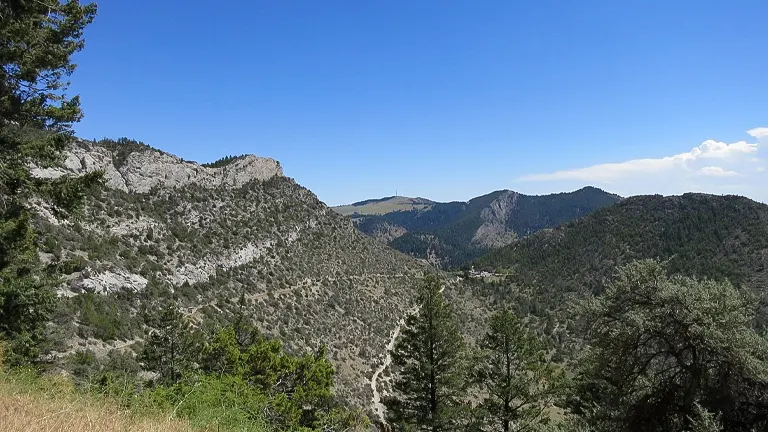
Above these spectacular caverns, the park’s diverse landscapes offer a haven for wildlife enthusiasts and hikers alike. Whether you’re seeking a glimpse into America’s adventurous past or yearning for a unique natural experience, Lewis and Clark Caverns State Park is a destination that promises to ignite your curiosity and leave you enchanted.
Characterizing Features of Lewis and Clark Caverns State Park
- Limestone Caverns: The park’s most distinctive feature is its complex limestone cavern system, known as one of North America’s most decorated. These caverns, formed from Madison Limestone of Mississippian age, reveal an underground world of intricate stalactites, stalagmites, and unique geological formations. Created by the gradual dissolution of rock by slightly acidic groundwater, these caverns are a testament to the slow yet persistent power of nature.
- Varied Elevation: The park spans elevations from 4,300 to 5,300 feet, offering a diverse range of environments and views. This variation in elevation contributes to the park’s diverse ecosystems, ranging from lower sagebrush plains to higher elevations dominated by Ponderosa Pine and Douglas Fir. This elevation gradient not only affects the types of vegetation found in the park but also influences the wildlife habitats.
- Historical Significance: The Lewis and Clark Caverns hold a special place in American history. The park overlooks over 50 miles of the trail from the Lewis and Clark Expedition, though the explorers themselves never saw the cavern. The park’s inclusion in the National Register of Historic Places in 2018 underscores its historical importance, connecting visitors not just to natural wonders but to a pivotal chapter in the nation’s exploration history.
- Conservation Efforts: After its establishment as a state park in 1938, the site has been pivotal in conservation and environmental education efforts. It’s a crucial habitat for several species, including the Townsend’s big-eared bat. The park’s role in conservation extends to preserving its unique geological features and the various ecosystems within its boundaries, making it an invaluable resource for both ecological study and public enjoyment.
- Geological Formation and Age: The caverns were formed in limestone that dates back around 325 to 365 million years, during a time when the area was submerged under a sea. This ancient geological history is visible in the types of rock formations and the fossilized remains found within the caverns, offering a tangible connection to the distant past.
- Unique Fauna: The park is home to the Townsend’s big-eared bat, a species crucial for maintaining the ecological balance of the caverns. This bat species, known for its distinctive large ears, plays an essential role in insect control. The presence of these bats, along with other fauna like mule deer and mountain lions, highlights the park’s role as a diverse habitat for wildlife.
These features collectively make Lewis and Clark Caverns State Park a unique destination, offering a blend of natural beauty, historical significance, and ecological importance.
History of Lewis and Clark Caverns State Park
The Lewis and Clark Caverns State Park boasts a rich history that intertwines with America’s early exploration era. Although the Lewis and Clark Expedition camped near the site in 1805, the caverns remained hidden until 1892 when local ranchers Tom Williams and Bert Pannel noticed steam emanating from the ground while hunting. This discovery led to further exploration and eventual development for tours in the early 1900s. The caverns, initially named Limespur Cave, became a point of legal contention when Dan A. Morrison’s claim to the land was disputed by the Northern Pacific Railroad, leading to its eventual handover to the federal government.
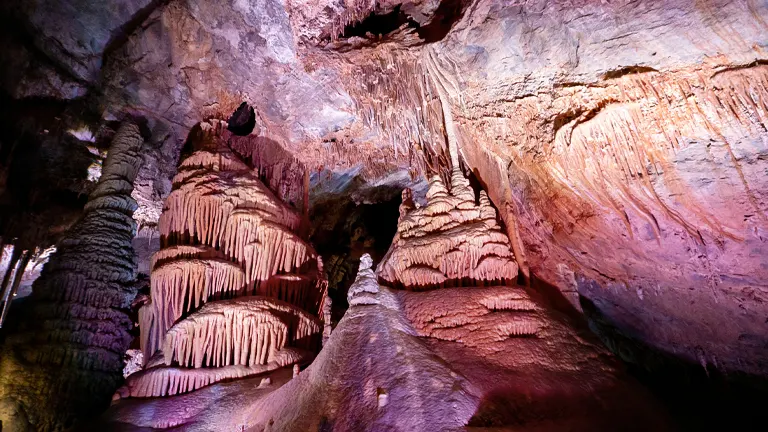
Officially established as a national monument in 1908 and later surveyed and declared in 1911 by President Taft, the site was named after the explorers Meriwether Lewis and William Clark due to its proximity to their historic trail. Despite its national monument status, the park was transferred to Montana’s jurisdiction in 1937, after the National Park Service deemed it lacked national significance, and was subsequently declared Montana’s first state park in 1938. This park not only showcases spectacular natural formations but also stands as a testament to the evolving understanding and appreciation of America’s natural and historical heritage.
Importance in Conservation and Recreation in Lewis and Clark Caverns State Park
Lewis and Clark Caverns State Park, as Montana’s first state park, plays a pivotal role in conservation and recreation, blending ecological preservation with public enjoyment. The park’s intricate limestone caverns, home to the Townsend’s big-eared bat and other unique species, underscore its significance in conserving biodiversity and delicate ecosystems. Efforts to protect these natural wonders extend to the surface, where diverse habitats support a variety of plant and animal life.

In terms of recreation, the park offers an immersive experience into the natural world, providing educational and exploratory opportunities through guided cave tours, hiking trails, and wildlife viewing. These recreational activities not only encourage public engagement with nature but also foster a deeper appreciation and understanding of the importance of conservation. The park’s conservation efforts are thus twofold: protecting its rich natural heritage and inspiring visitors to value and preserve these irreplaceable ecosystems.
Unique Location of Lewis and Clark Caverns State Park
Strategically situated in Jefferson County, Montana, Lewis and Clark Caverns State Park boasts a unique location that enhances its appeal as a natural and historical destination. Perched between the bustling city of Bozeman and the iconic Yellowstone National Park, the park serves as a natural corridor to some of Montana’s most stunning landscapes. Its proximity to the historic trail of the Lewis and Clark Expedition adds a significant historical dimension, making it not just a haven for nature enthusiasts but also a site of cultural and educational importance.

The park’s location, overlooking the Jefferson River, provides spectacular scenic vistas and contributes to its diverse ecosystems, which range from rugged mountains to serene river valleys. This unique positioning allows the park to offer a rich blend of recreational opportunities, educational experiences, and a gateway to exploring the broader wonders of Montana’s natural beauty.
Diverse Vegetation and Plant Species in Lewis and Clark Caverns State Park
- Ponderosa Pine (Pinus ponderosa): These towering trees are a distinctive feature of the park’s higher elevations. Ponderosa Pines are known for their thick, puzzle-like bark and long needles, creating a unique ecosystem that supports various wildlife species.
- Douglas Fir (Pseudotsuga menziesii): Found in the moister, cooler parts of the park, Douglas Firs are a vital component of the local forest community. They provide essential habitat for birds and small mammals and contribute to the park’s dense, green landscape.
- Sagebrush (Artemisia tridentata): This hardy shrub is a common sight in the park’s lower elevations. Sagebrush is adapted to dry conditions and plays a crucial role in the park’s ecosystem, providing food and shelter for numerous bird and insect species.
- Juniper Trees (Juniperus): These evergreen trees or shrubs are known for their resilience and ability to thrive in the park’s rocky and arid environments. They are important for preventing soil erosion and offer habitat for birds.
- Wild Rye (Elymus): This group of native grasses is found throughout the park, contributing to the diverse undergrowth and offering food and shelter for the park’s fauna.
- Serviceberry (Amelanchier alnifolia): This deciduous shrub or small tree blossoms in the spring, producing edible berries. Serviceberries are an important food source for local wildlife and add to the park’s seasonal beauty.
- Bitterroot (Lewisia rediviva): A unique and resilient flowering plant, the Bitterroot is notable for its ability to thrive in the park’s rocky, nutrient-poor soils. It produces beautiful pink flowers and is a symbol of survival and adaptation.
- Indian Paintbrush (Castilleja): Known for its vibrant red-orange flowers, the Indian Paintbrush adds splashes of color to the park’s landscape. It’s a parasitic plant that draws nutrients from the roots of other plants, showcasing the complex interdependencies in the park’s ecosystem.
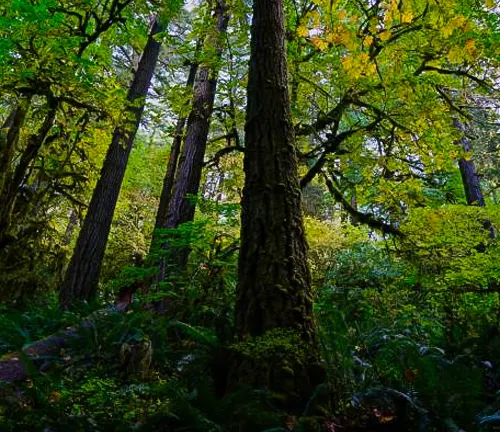

Fauna in Lewis and Clark Caverns State Park
- Townsend’s Big-Eared Bat (Corynorhinus townsendii): A key inhabitant of the caverns, this species plays a crucial role in the local ecosystem, particularly in insect control. The bats are notable for their large, distinctive ears and are a focal point of the park’s conservation efforts.
- Mule Deer (Odocoileus hemionus): Commonly seen within the park, these deer are an integral part of the local fauna, contributing to the park’s biodiversity and serving as a vital link in the food chain.
- Mountain Lion (Puma concolor): Although elusive and rarely seen, mountain lions are apex predators in the park. Their presence is vital for maintaining the balance of the park’s ecosystem.
- Western Big-Eared Bats (Subspecies of Corynorhinus townsendii): Historically, these bats were abundant in the caverns. Their populations have varied over time, reflecting changes in the park’s ecological balance.
- Springtails (Class Collembola): These small, primitive insects are found within the cave system, playing a role in the decomposition process and contributing to the cave’s unique ecosystem.
- Various Bird Species: The park is home to a variety of bird species, making it a popular site for bird watching. The diversity of birds reflects the park’s range of habitats, from wooded areas to open fields.
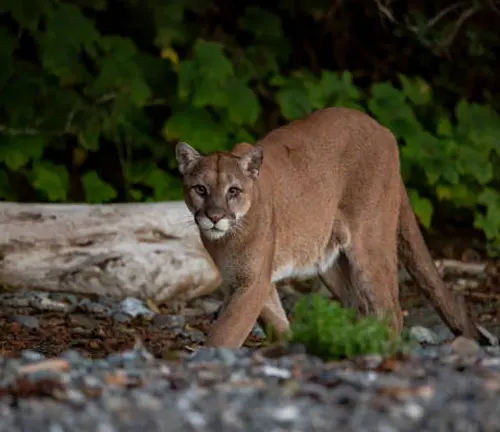
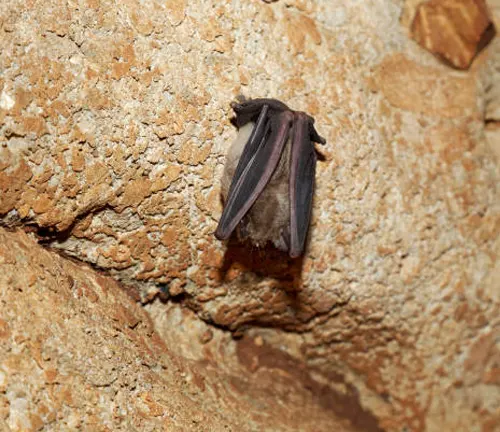
The fauna of Lewis and Clark Caverns State Park is as diverse as its landscapes, each species playing a unique role in the ecological tapestry of the park. From the caves’ Townsend’s big-eared bats to the elusive mountain lions, these animals contribute to the park’s natural allure and ecological significance.
Attractions in Lewis and Clark Caverns State Park
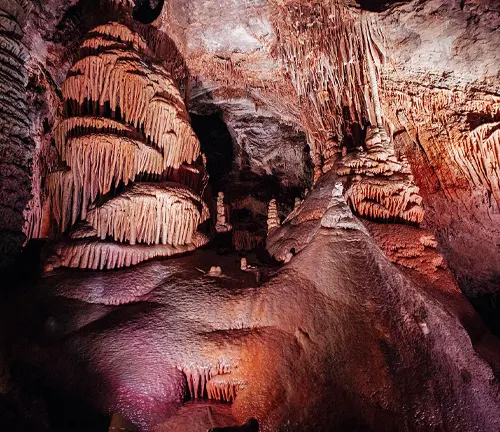
The Limestone Caverns: The centerpiece of Lewis and Clark Caverns State Park is its extensive limestone cavern system, renowned as one of North America’s most decorated. These awe-inspiring natural formations, developed over millions of years, feature a stunning array of stalactites, stalagmites, and other intricate geological structures. Visitors can explore these underground marvels through guided tours, which not only offer a visual spectacle but also provide fascinating insights into the caverns’ geological history and the unique ecosystems they harbor.
Guided Cave Tours: The park’s guided cave tours, including the Classic Cave Tour and the Paradise Tour, offer immersive experiences into the heart of the caverns. The Classic Cave Tour is an extensive exploration of the cave system, suited for those who wish to delve deep into the caverns’ mysteries. In contrast, the Paradise Tour focuses on the largest and most decorated rooms, offering a more accessible option. Led by knowledgeable guides, these tours are educational, engaging, and essential for a complete understanding of the park’s subterranean wonders.
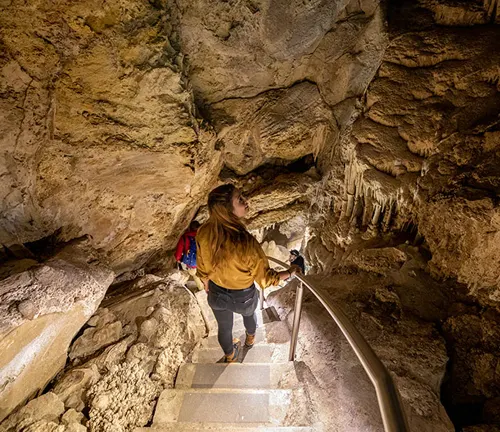
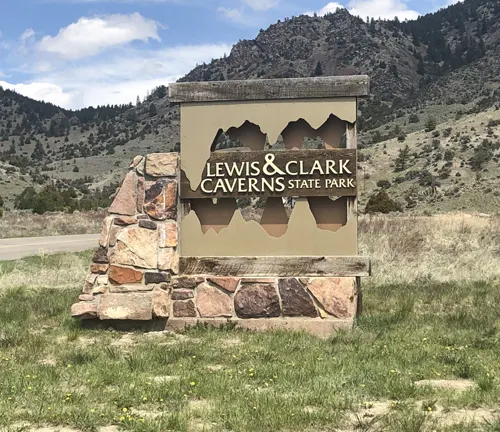
Historic District: The Lewis and Clark Caverns Historic District, part of the National Register of Historic Places, adds a layer of historical depth to the park. This district encompasses structures and landmarks pivotal to the park’s early development, reflecting its connection to the iconic Lewis and Clark expedition. A stroll through the historic district offers a glimpse into the past, enriching visitors’ understanding of the park’s historical context and significance.

Scenic Trails Above Ground: While the underground caverns are a major draw, the park’s above-ground trails offer their own allure. These trails meander through varying terrain, presenting hikers with breathtaking vistas, serene forested paths, and opportunities to witness the park’s diverse plant life. Each trail provides a unique perspective of the park’s natural beauty, making them a must-visit for nature lovers and photographers alike.
Visitor Centers and Interpretive Displays: The park’s visitor centers are more than just informational hubs; they are gateways to understanding the caverns’ natural and historical significance. Equipped with interpretive displays, these centers offer an educational prelude to the caverns’ exploration, making them an integral part of the visitor experience.
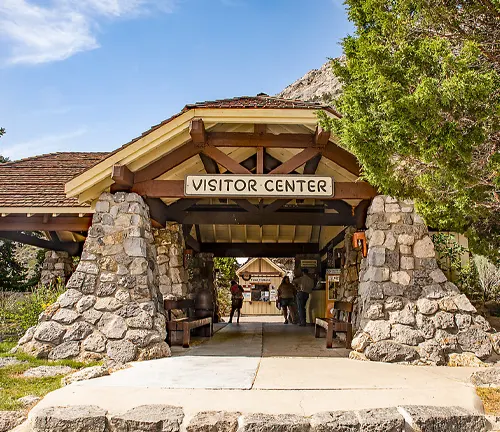
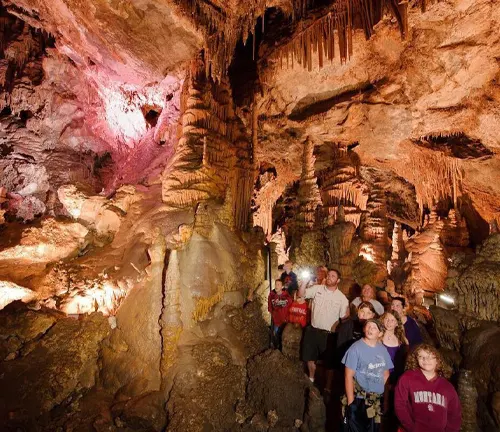
Educational Programs: The park’s amphitheater is a venue for a variety of educational and interpretive programs. These events, often held during the summer, range from talks on the local ecology and geology to storytelling sessions that bring the history of the Lewis and Clark expedition to life. These programs add an enriching dimension to the park experience, appealing to visitors of all ages.
Each attraction at Lewis and Clark Caverns State Park offers a unique window into the park’s natural and historical tapestry, making it a destination that satisfies the curiosity and wonder of every visitor.
Recreational Activities in Lewis and Clark Caverns State Park
- Hiking: Lewis and Clark Caverns State Park is a paradise for hikers, with ten miles of trails winding through diverse landscapes. These trails range from easy, scenic walks to more challenging hikes, offering something for every skill level. Hikers can enjoy breathtaking views of the Jefferson River Valley, encounter various plant and animal life, and experience the serene beauty of Montana’s natural landscapes. The trails not only provide a physical challenge but also a chance to connect with nature and find tranquility away from the bustling city life.
- Camping: For those who wish to immerse themselves in the park’s natural beauty, camping is a popular activity. The park offers a well-equipped campground with facilities like fire rings and restrooms, enhancing the outdoor experience. Whether pitching a tent under the stars or staying in one of the park’s cabins, camping at Lewis and Clark Caverns State Park is an opportunity to experience nature up close, from the first light of dawn to the glowing sunset.
- Wildlife Viewing and Bird Watching: The park’s diverse ecosystems make it an ideal spot for wildlife viewing and bird watching. Enthusiasts can spot a variety of bird species and might catch glimpses of the park’s larger mammals, like mule deer and mountain lions. The experience of observing these animals in their natural habitat is both thrilling and educational, offering insights into the local wildlife and their roles in the ecosystem.
- Photography and Nature Observation: With its stunning landscapes and rich biodiversity, the park is a haven for photographers and nature observers. The contrasting landscapes, from the subterranean wonders of the caverns to the expansive outdoor vistas, provide endless opportunities for capturing breathtaking photographs and observing nature’s intricate details.
- Educational Programs and Interpretive Walks: The park’s educational programs and interpretive walks are designed to enhance visitors’ understanding of the area’s natural and historical significance. These guided walks and talks, often led by knowledgeable park staff, provide insights into the park’s geology, flora and fauna, and historical background. They are not only informative but also add depth to the recreational experience.
- Picnicking: For a more relaxed experience, picnicking is a popular activity within the park. With several picnic areas set against the backdrop of Montana’s natural beauty, families and groups can enjoy meals in a serene and picturesque setting. These picnic spots provide a perfect break from activities like hiking and cave tours, allowing visitors to relax and soak in the surroundings.
- Special Events and Festivals: Throughout the year, the park hosts a variety of special events and festivals, such as the annual Bat Week. These events often include educational workshops, outdoor activities, and community gatherings, offering unique experiences that celebrate the park’s natural wonders and community spirit.
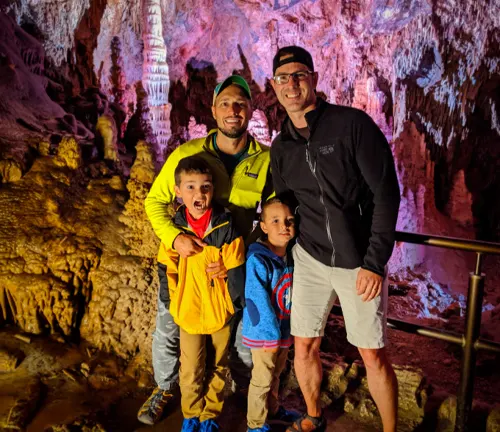
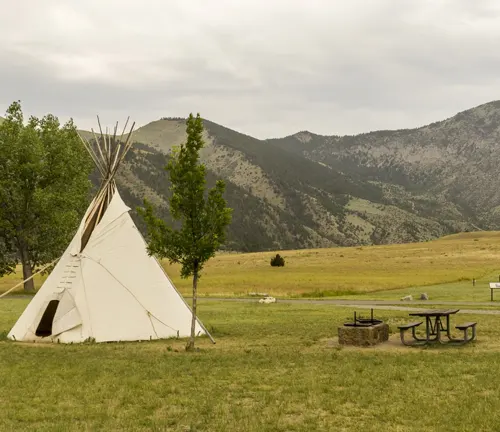
At Lewis and Clark Caverns State Park, each recreational activity presents a distinct avenue to discover and appreciate the park’s rich natural and historical tapestry. From the thrill of hiking trails to the tranquility of a camping site, or the enlightenment from educational programs, there’s something for everyone to connect with and create lasting memories.
Different Facilities and Amenities in Lewis and Clark Caverns State Park
- State-of-the-Art Visitor Center: The park’s main visitor center stands out with its comprehensive offerings. It serves not just as a welcome point but as an educational hub with interactive exhibits, detailed displays about the caverns’ geology and wildlife, and a theater showing informative films. This center is instrumental in enriching the visitor experience before they even set foot on the trails or enter the caverns.
- Modern Campground Facilities: Beyond the basic campsite offerings, the park’s campground is modern and well-equipped. It includes amenities like electrical hookups for RVs, clean and accessible shower facilities, and a camp store stocked with essentials and souvenirs. These features make camping here comfortable for families and individuals alike.
- Educational Amphitheater: Unique to the park is its educational amphitheater, utilized for special presentations, ranger talks, and interactive educational programs. This venue enhances the learning experience, providing a communal space for visitors to engage with park rangers and experts in a more intimate setting.
- Dedicated Picnic Pavilions: The park offers several dedicated picnic pavilions, which are larger and more equipped than standard picnic areas. These pavilions are ideal for group gatherings and provide amenities like grills and larger seating areas, making them perfect for family reunions or group outings.
- Specialized Biking Trails: In addition to hiking trails, the park features specialized biking trails. These trails are designed for different skill levels, providing a safe and enjoyable experience for mountain biking enthusiasts.
- Interactive Interpretive Trails: Unique to the park are trails with interactive interpretive signage. These trails offer an educational experience, with signs providing information about the local flora, fauna, and geological features. They are particularly beneficial for families with children, making a hike both fun and informative.
- Photography Points: The park has designated photography points that offer stunning views ideal for capturing the beauty of the landscape. These points are strategically placed to showcase the park’s most photogenic spots, a delight for both amateur and professional photographers.
- Accessibility Features: Recognizing the need for inclusivity, the park includes accessibility features such as wheelchair-accessible trails and facilities. This commitment ensures that the park’s natural beauty is accessible to all visitors, regardless of mobility.
- Nature Observation Decks: Scattered throughout the park are several nature observation decks. These decks provide elevated views of the surrounding landscape, offering visitors a chance to spot wildlife and enjoy panoramic vistas.
Tips and Advice for Visiting Lewis and Clark Caverns State Park
- Plan Your Visit During Optimal Times: The best time to visit the caverns is between May and September when guided tours are available. For a unique experience, consider visiting in December for the special candlelight tours. The summer months offer the most activities, but visiting in the off-season can mean fewer crowds and a more serene experience.
- Reserve Tours and Accommodations in Advance: Due to the popularity of the park, it’s advisable to reserve cavern tours and campground spaces well in advance, especially during peak summer months. This ensures you have a spot on the tour that best suits your interests and fitness level, and a place to stay if you plan to camp.
- Wear Appropriate Clothing and Footwear: The temperature inside the caverns is cooler, around 50 degrees Fahrenheit, regardless of the outside weather. Dressing in layers and wearing sturdy, comfortable footwear is recommended, especially for the cave tours which involve walking on uneven surfaces.
- Stay Hydrated and Bring Snacks: While exploring the park, especially on hiking trails, it’s important to stay hydrated and energized. Carry water bottles and some snacks, but remember to pack out all trash to maintain the park’s natural beauty.
- Follow Park Rules and Guidelines: Adhering to park rules, such as staying on designated trails and not touching cave formations, is essential for your safety and the preservation of the park. These rules are in place to protect the natural environment and ensure that it can be enjoyed by future visitors.
- Prepare for Wildlife Encounters: The park is home to various wildlife species. It’s important to know how to safely observe wildlife – maintain a safe distance, do not feed animals, and understand what to do if you encounter larger wildlife like deer or mountain lions.
- Take Advantage of the Visitor Center and Educational Programs: The visitor center and educational programs are excellent resources for enhancing your visit. They provide valuable information about the park’s history, geology, and ecology. Participating in these programs can significantly enrich your understanding and enjoyment of the park.
- Be Prepared for Changing Weather Conditions: Weather in Montana can be unpredictable, especially in the mountains. Check the weather forecast before your visit and be prepared for sudden changes, especially if you plan to hike or camp.
- Photography Etiquette: The park offers breathtaking scenes for photography. However, it’s important to follow park guidelines related to photography, such as not using flash inside the caverns, staying on designated paths, and respecting wildlife and other visitors.
- Leave No Trace: Embrace the Leave No Trace principles during your visit. This means packing out all trash, respecting wildlife, and leaving natural and cultural features undisturbed. Your cooperation helps preserve the park for future generations.
By following these tips and advice, visitors can ensure a safe, enjoyable, and respectful experience at Lewis and Clark Caverns State Park, making the most of what this remarkable natural and historical treasure has to offer.
Recommendation
Lewis and Clark Caverns State Park is a must-visit for those who love nature, history, and adventure. Its stunning limestone caverns and scenic hiking trails offer a unique blend of geological exploration and outdoor enjoyment. Rich in historical significance and natural beauty, this park provides an unforgettable experience for all ages. Whether you’re delving into the underground wonders or enjoying the Montana wilderness, it’s an adventure that’s sure to leave you with lasting memories.
Conclusion
Lewis and Clark Caverns State Park is a true gem, offering a unique blend of natural beauty, historical intrigue, and diverse recreational activities. Its magnificent limestone caverns and picturesque trails make it a must-visit destination for nature enthusiasts and history buffs alike. This park is not just a visit to a place, but an exploration into the heart of Montana’s natural splendor.
FAQs
- What are the operating hours of the park?
The park is open year-round. However, the caverns are accessible only through guided tours, which are offered from May through September and during special candlelight tours in December. - Can I visit the caverns without a guided tour?
No, access to the caverns is exclusively through guided tours for the safety of visitors and the preservation of the caves. - Is the park pet-friendly?
Yes, pets are allowed in the park but must be kept on a leash. However, they are not permitted inside the caverns. - Are there any age or physical restrictions for the cave tours?
The cave tours involve walking, stairs, and narrow passages, so a moderate level of physical fitness is required. They may not be suitable for very young children or those with mobility issues. - What should I wear for a cave tour?
It’s recommended to wear layers, as the temperature in the caves is cooler. Sturdy, closed-toe shoes are also essential for navigating the uneven terrain. - Can I take photos inside the caverns?
Yes, photography is allowed in the caverns, but the use of flash is prohibited to protect the natural environment. - Are there camping facilities in the park?
Yes, the park has a campground with facilities including campsites, a tipi, cabins, restrooms, and a camper dump station. - What kind of wildlife might I see in the park?
The park is home to various wildlife, including Townsend’s big-eared bats, mule deer, and potentially mountain lions. Bird watching is also a popular activity.
In the heart of Montana, Lewis and Clark Caverns State Park stands as a beacon for adventurers, historians, and nature lovers. With its breathtaking caverns, rich wildlife, and endless opportunities for exploration, it’s a destination that captures the essence of the American wilderness and the spirit of exploration. Whether you’re marveling at the underground wonders or basking in the beauty of Montana’s landscapes, a visit to this park is an unforgettable experience.



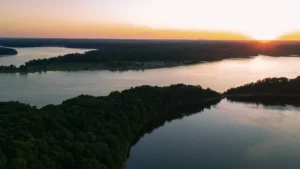

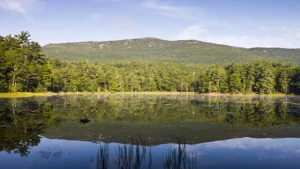
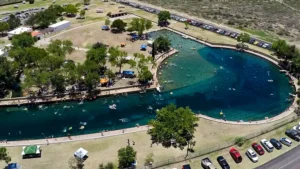
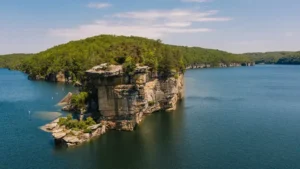
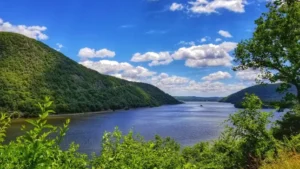
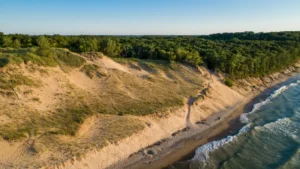
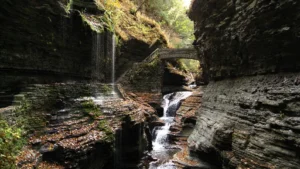

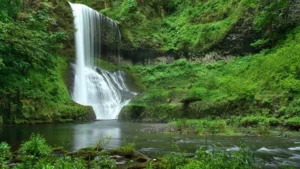
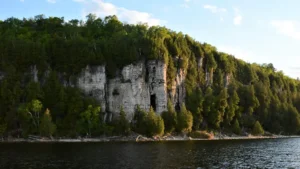
Leave your comment